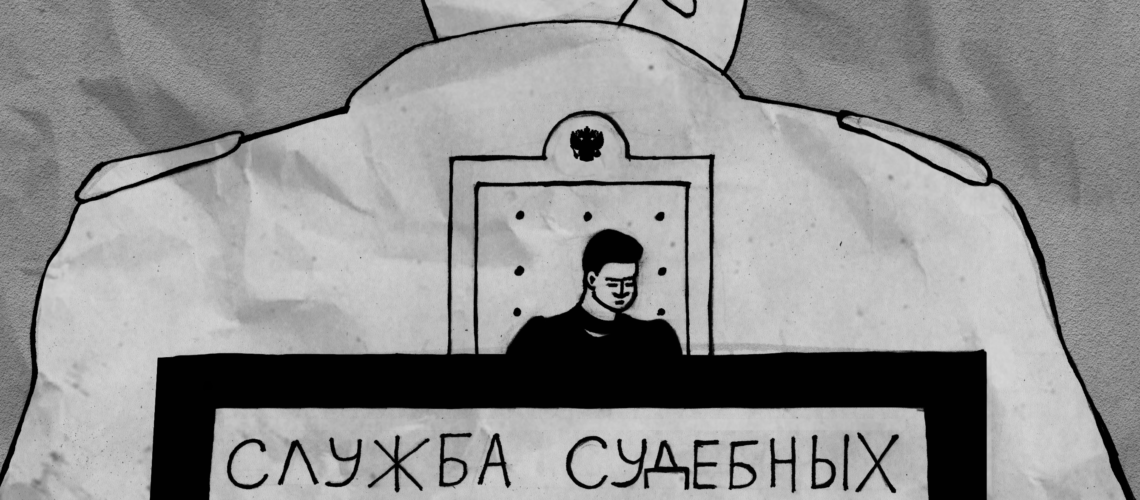
From now on we will illustrate our court hearing articles with drawings by two wonderful painters: Anna Tereshkina and Katya Tveitan. It is rather difficult to obtain photo and video recording permissions in Russian courts, while writing and drawing don’t require any permission. Courtroom sketches were born in the UK and USA, as photography and video recording were forbidden for a long time in these (and other) countries to protect the defendant’s right to a fair trial. Moreover, in the UK it is forbidden to draw sketches during hearings, so artists have to paint by memory.
Such legal restrictions exist because finding the balance between right to fair trial and freedom of speech and public interests (including judicial transparency) is extremely difficult.
Excessive media attention to judicial proceedings may affect fair trial, for example, the court may find it impossible to assemble an impartial jury, the members of which are unaware of the case under consideration and are neutral, because the information on the case has already been widely publicised during the investigation phase. Video recording during the trial may create a false impression for viewers, because people appear differently on video and in reality, and some procedural nuances may harm the human dignity of defendants, witnesses or victims. There is a vital historic example to remember: it was forbidden to photograph or film defendants during the delivery of the Nuremberg tribunal judgement, as it may have harmed their dignity.
The first legal proceeding drawn by artists in the USA is the Salem witch trial in the 17th century. Artists have been allowed to attend court hearings since the middle of the 19th century. Beilis case sketches are known to exist, however, court sketches are still considered to be a novelty in Russia.
Anna Tereshkina and Katya Tveitan have attended court hearings with our monitors, and now you can not only read, but see what happened in the courtrooms.
Katya Tveitan attended the case of Pavel Krisevich, who is charged with armed hooliganism for a June 11 2021 protest on the Red Square in Moscow.
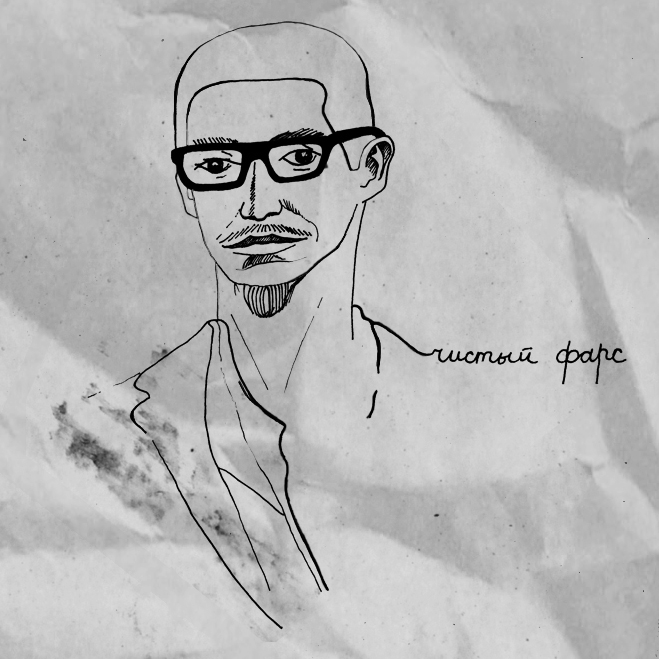
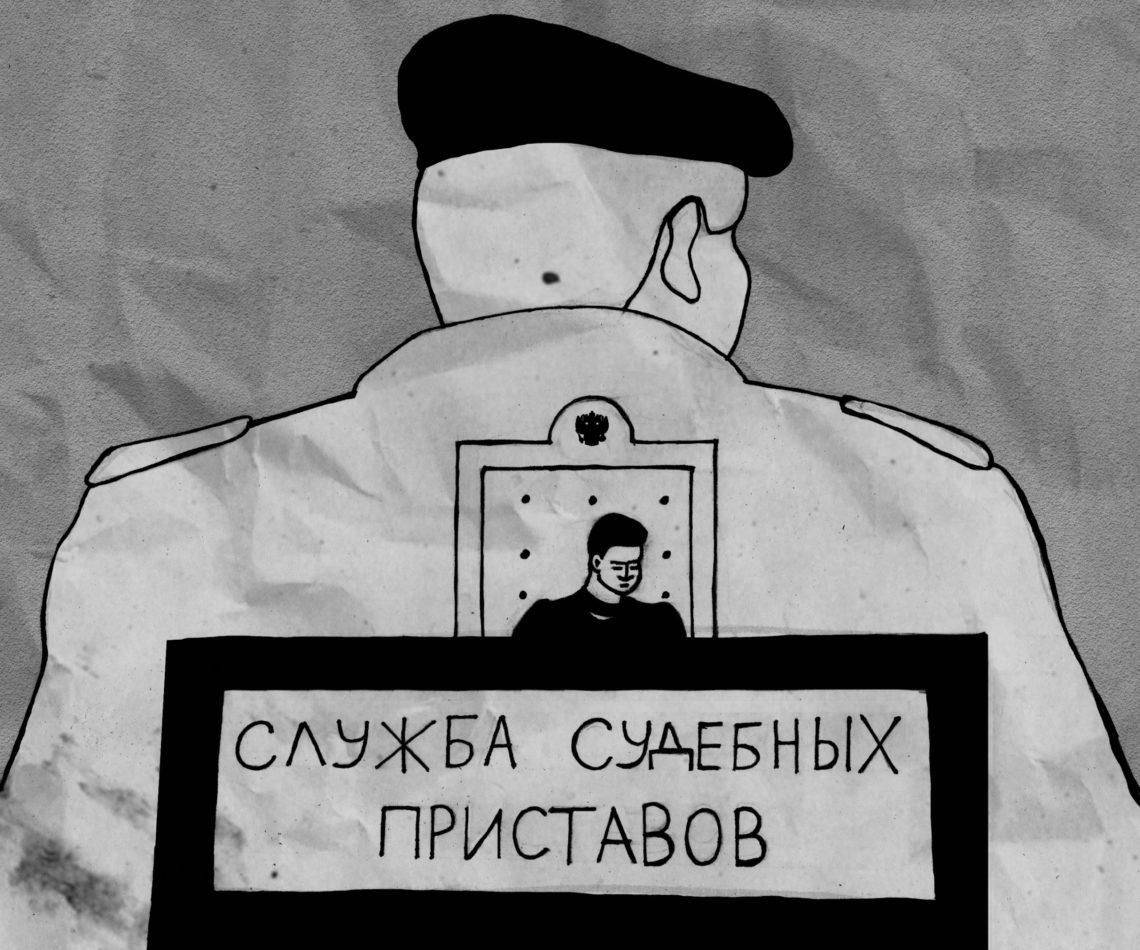
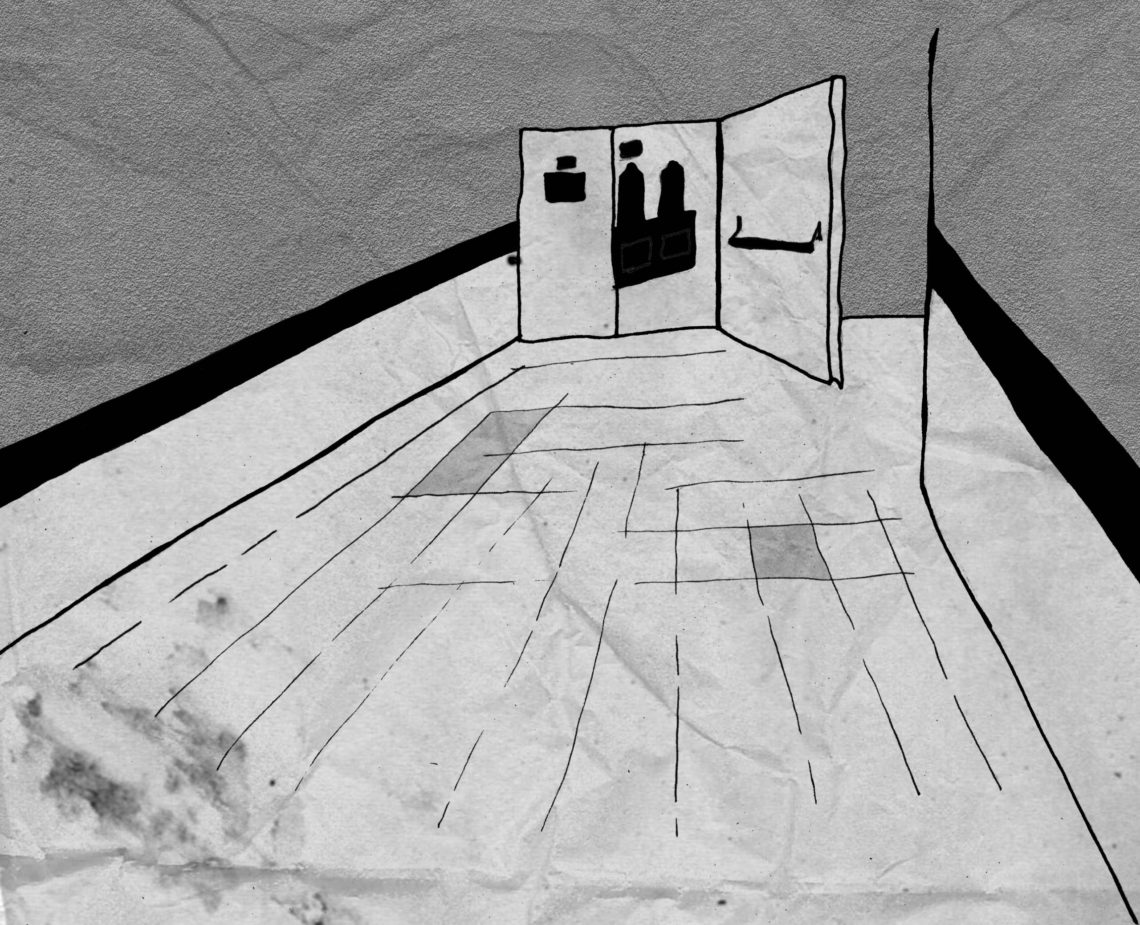
Anna Tereshkina has drawn the interrogation of the “Э” Centre officers during the consideration of the case of Pavel Golikov, who is charged with publishing an offensive video containing criticism of orthodox christianity; attended an appellation hearing of the Evgenii Prigozhin’s defamation case against the “Echo of Moscow” radio station; sketched Gaiva Tikhomirova, who is charged with creating the “Order of the Way” cult. Our artist has also attended cases on discreditation of the Armed Forces of the Russian Federation: the Soloviev case about an anti-war caption on a model tank and the case of Nosov about wearing a green ribbon.
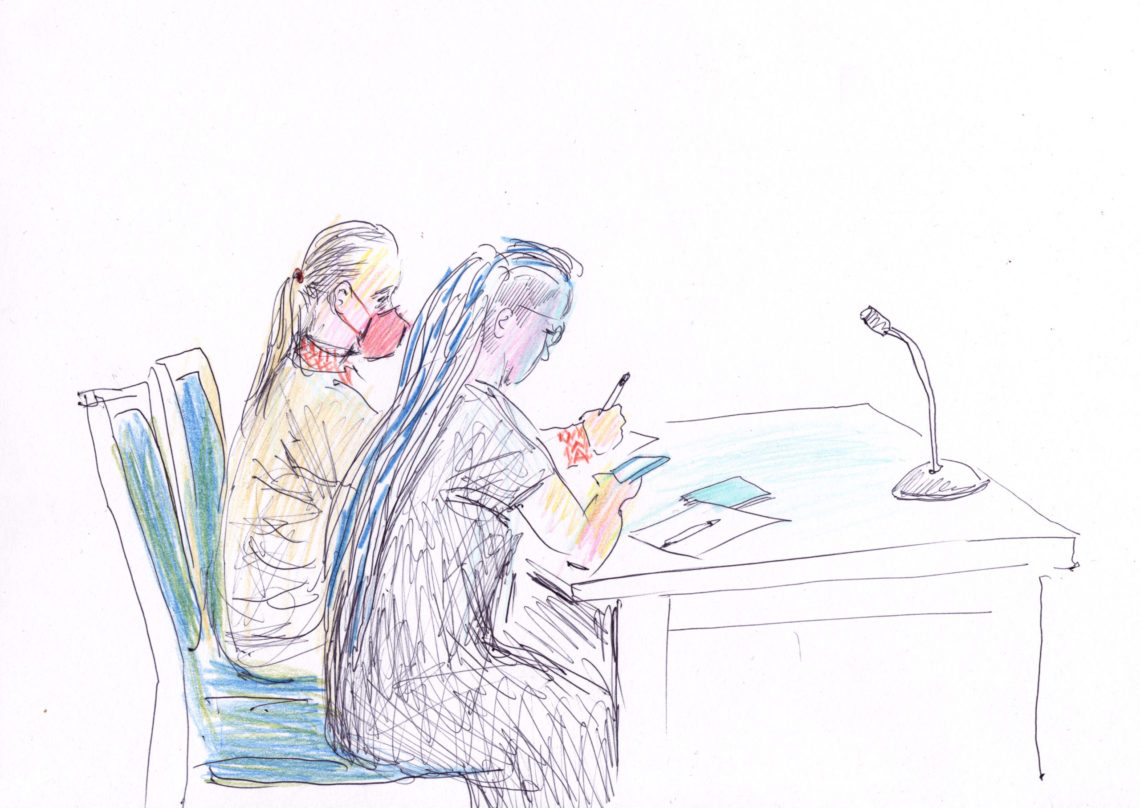
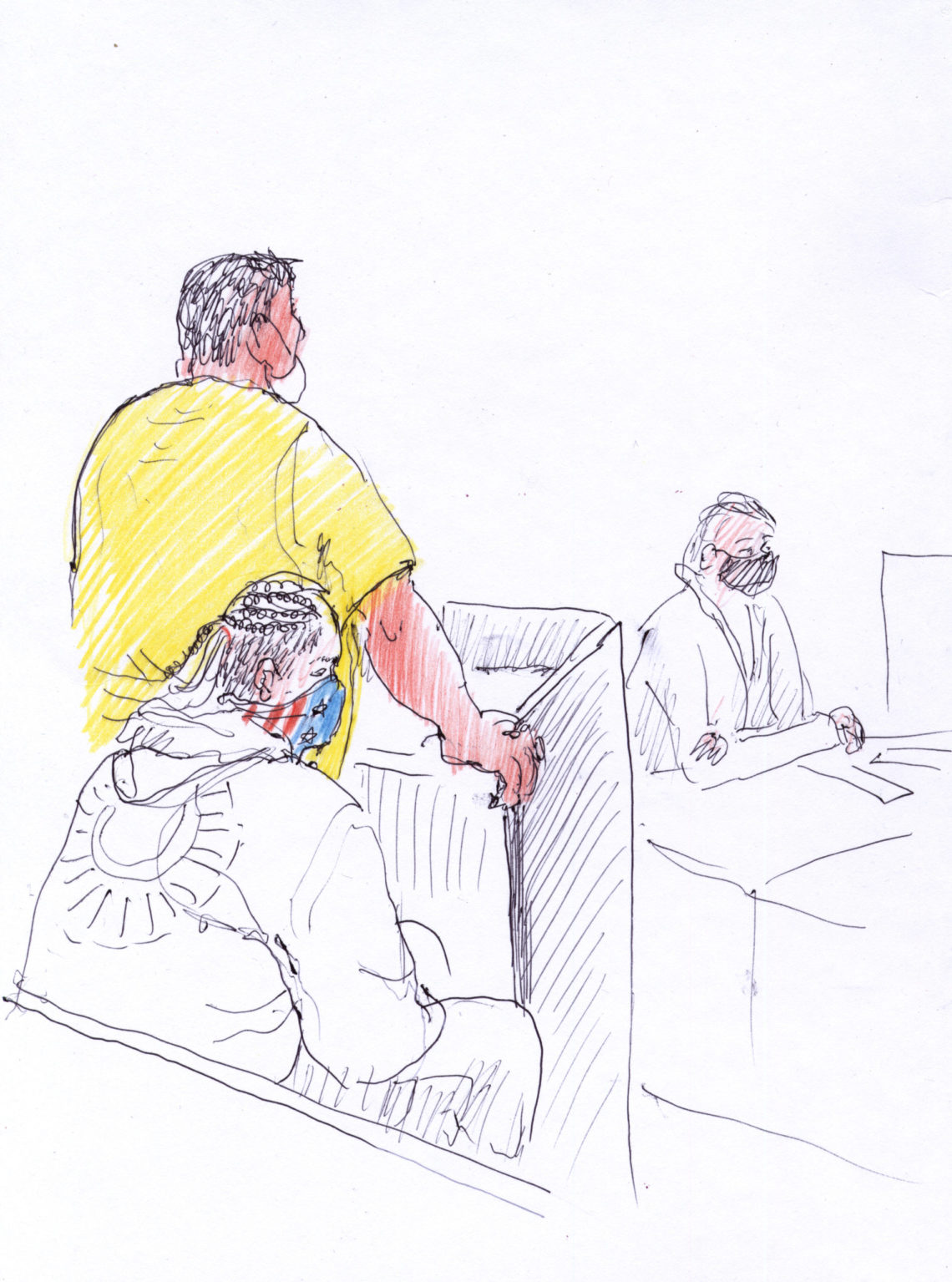
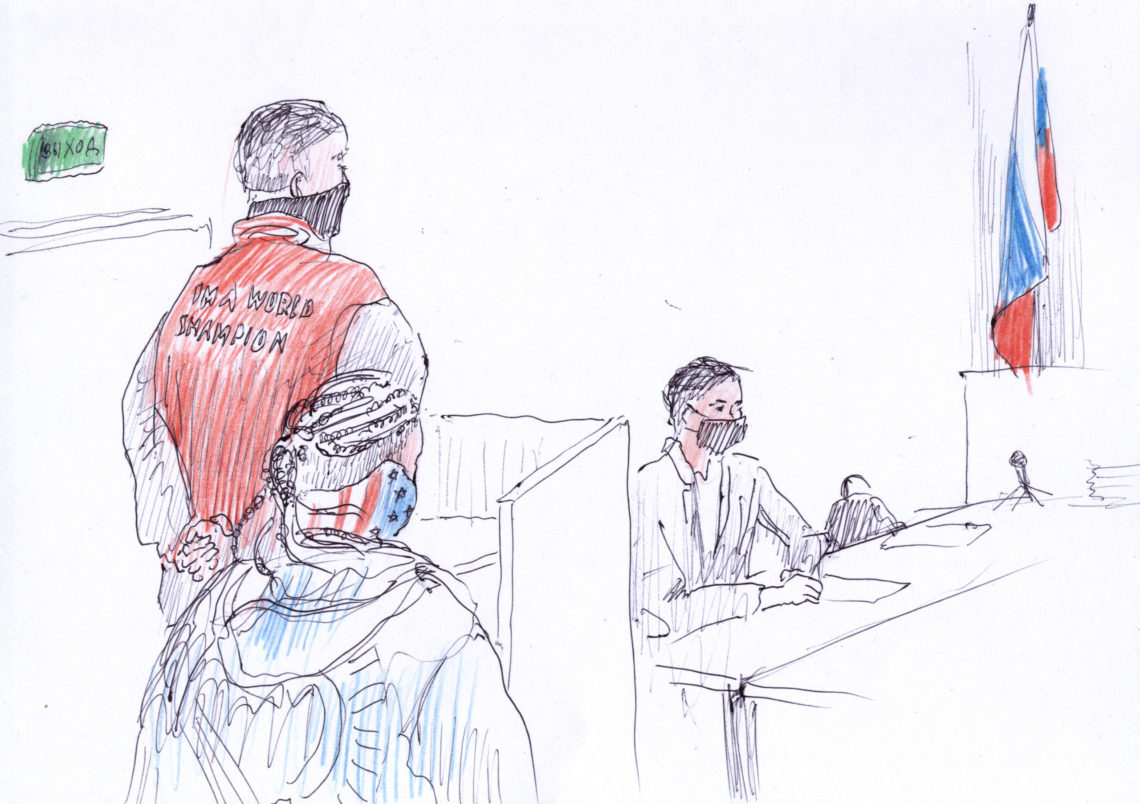
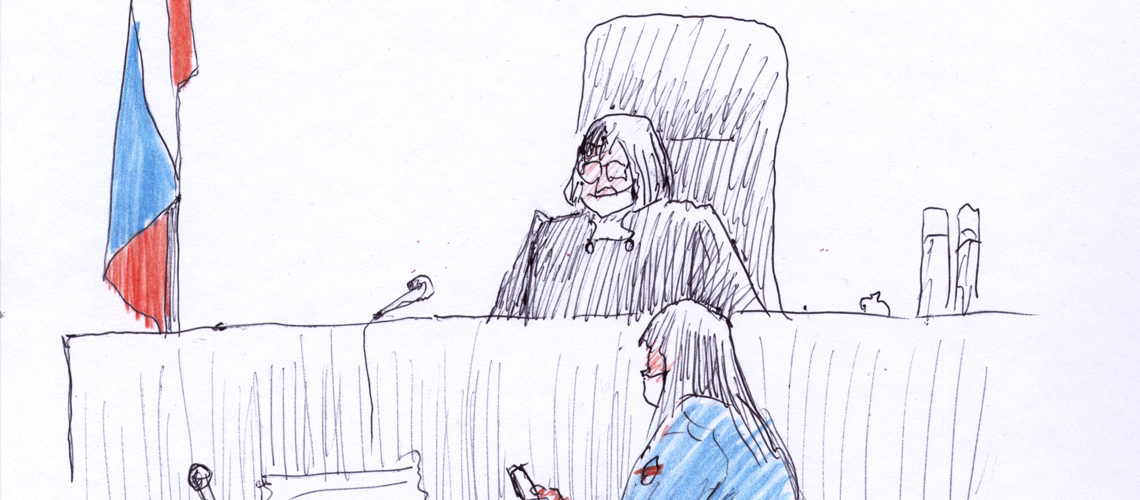
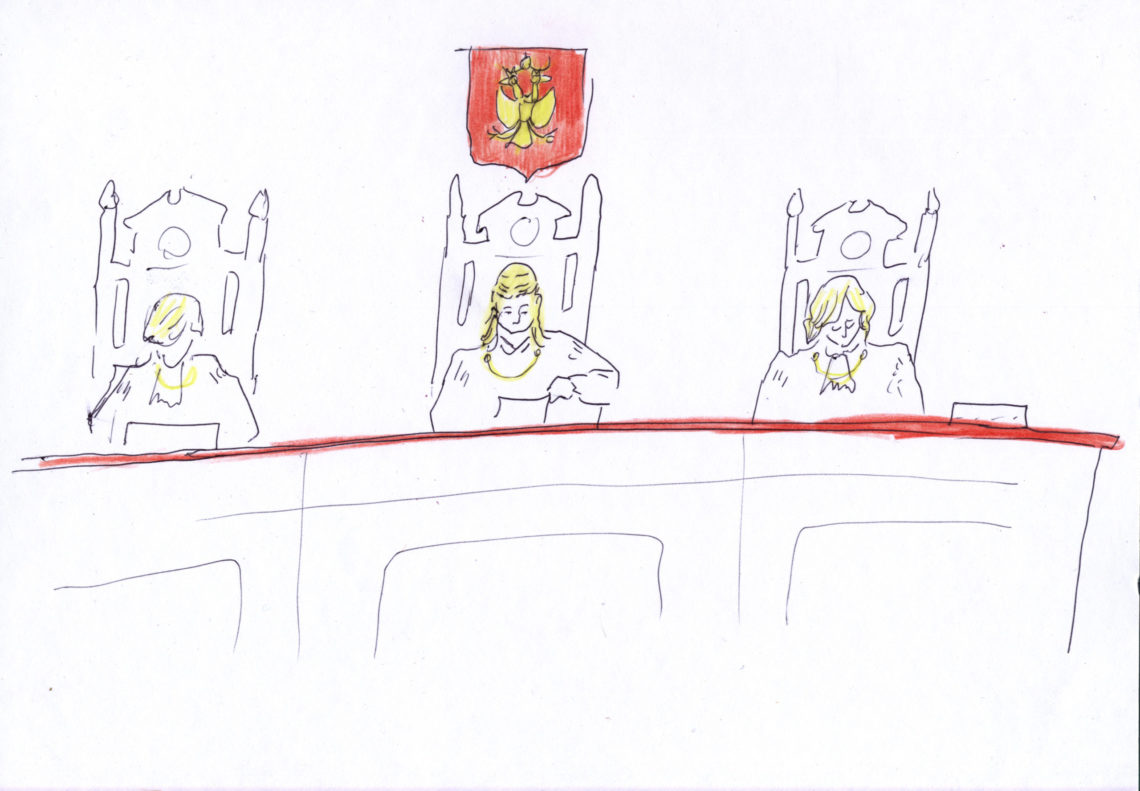
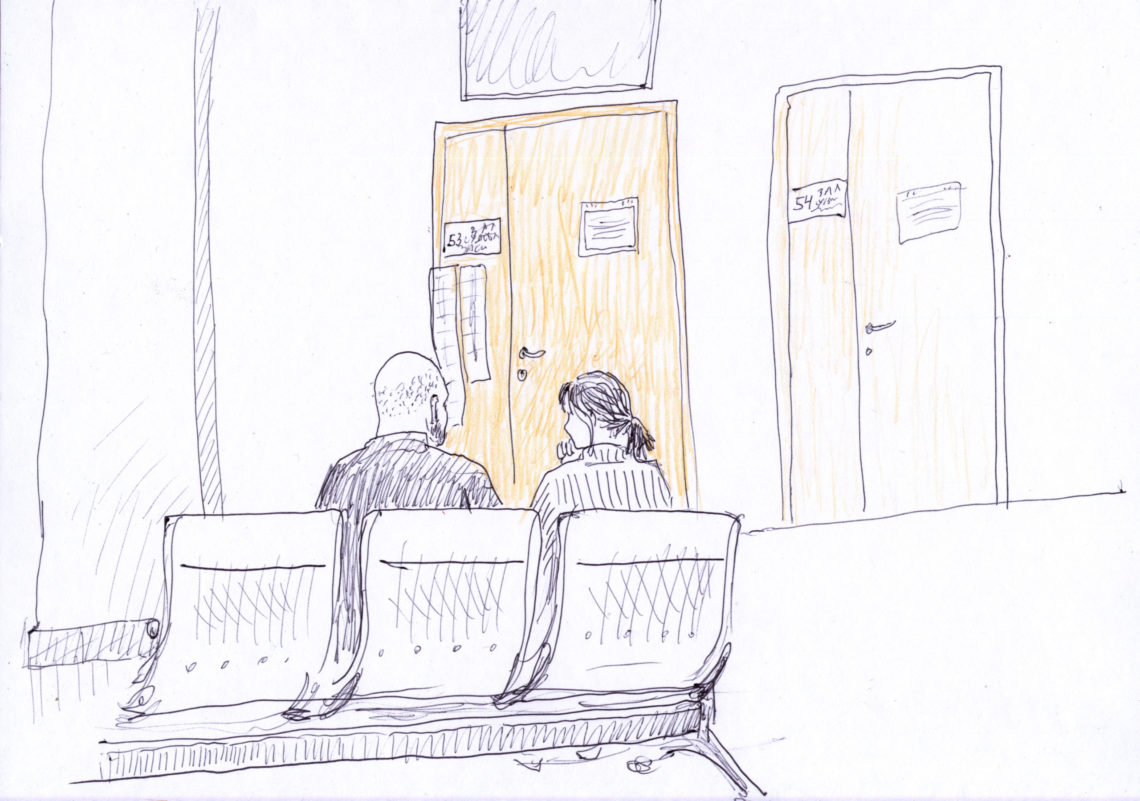
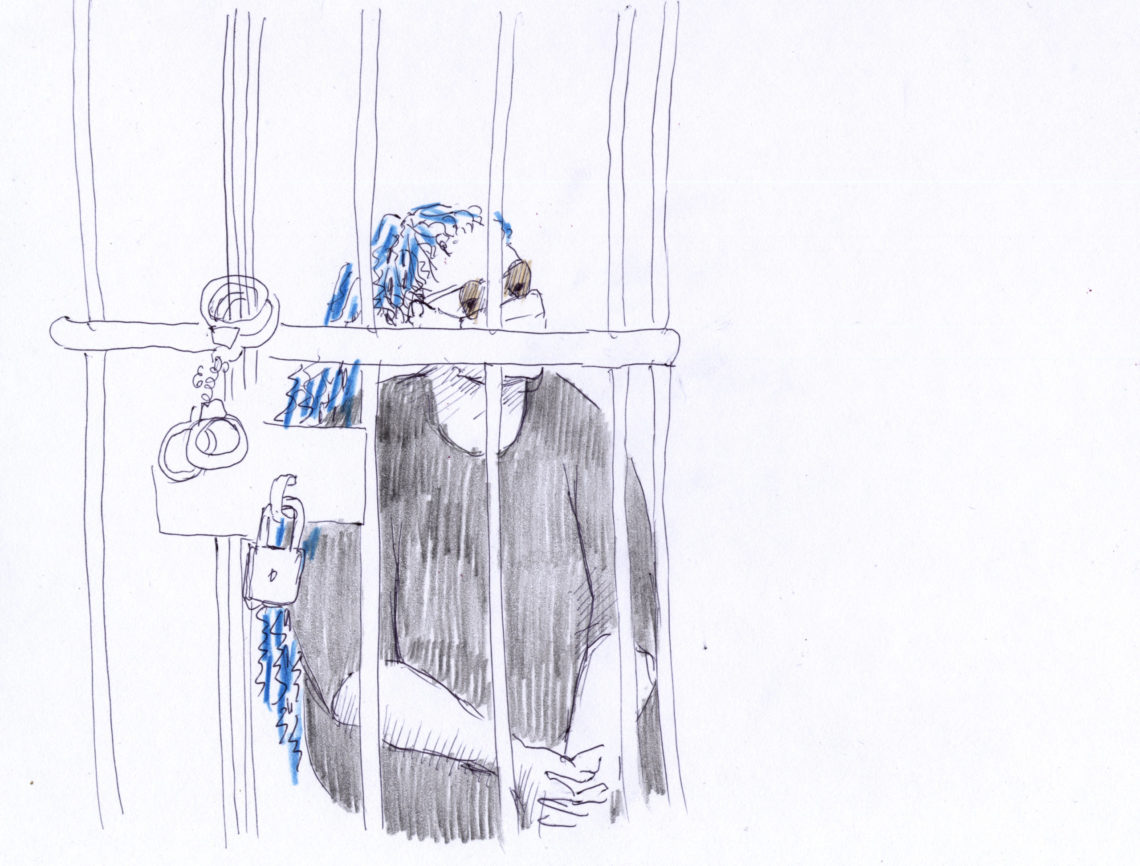

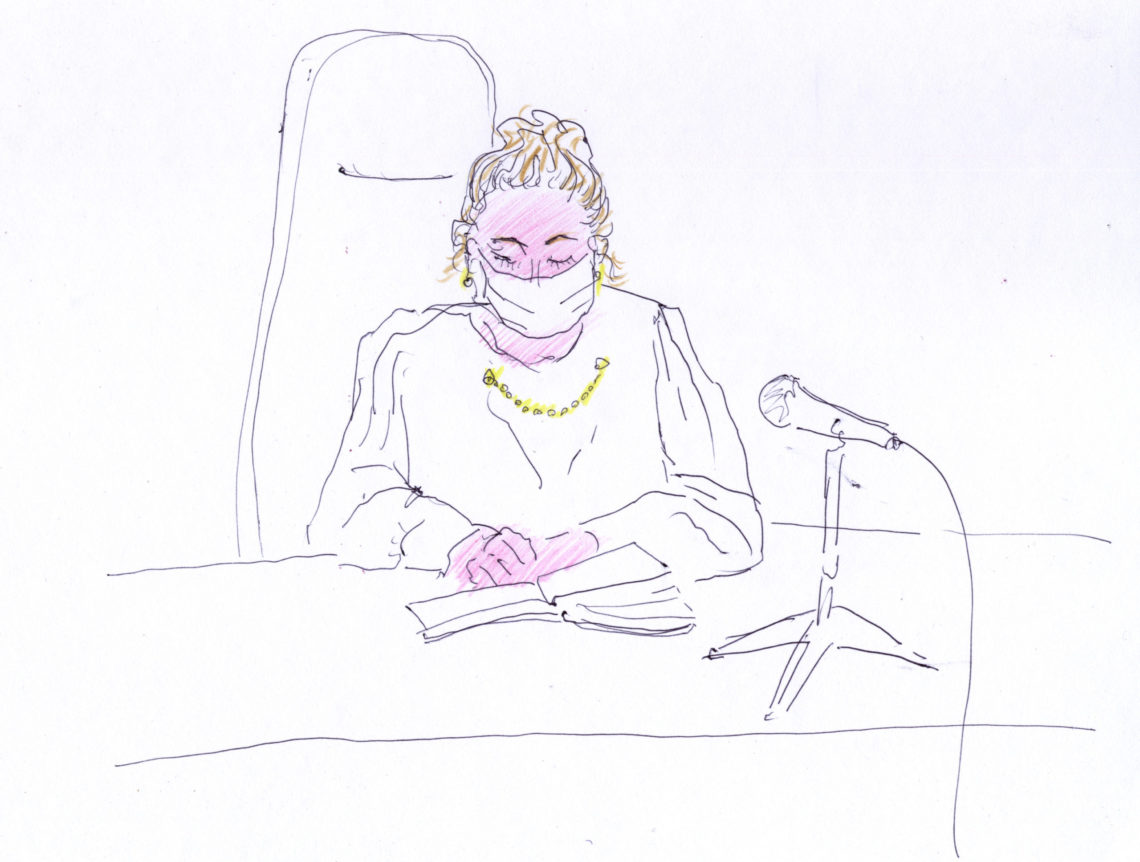

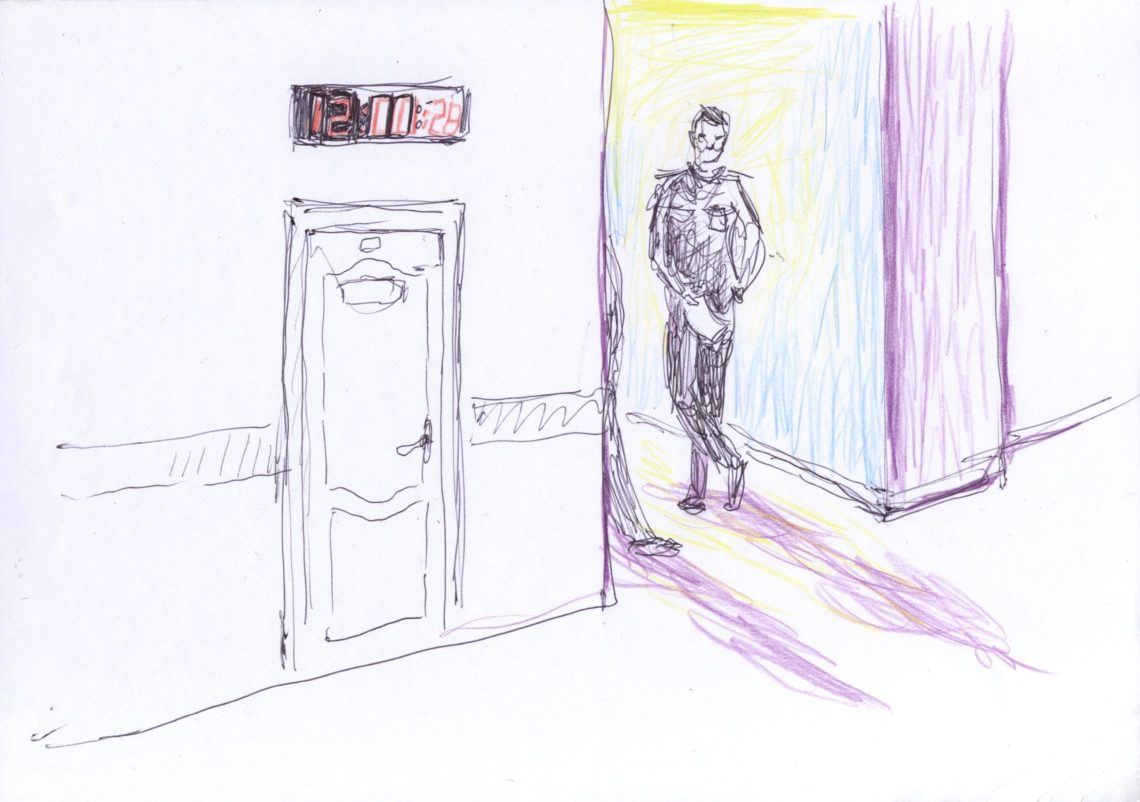
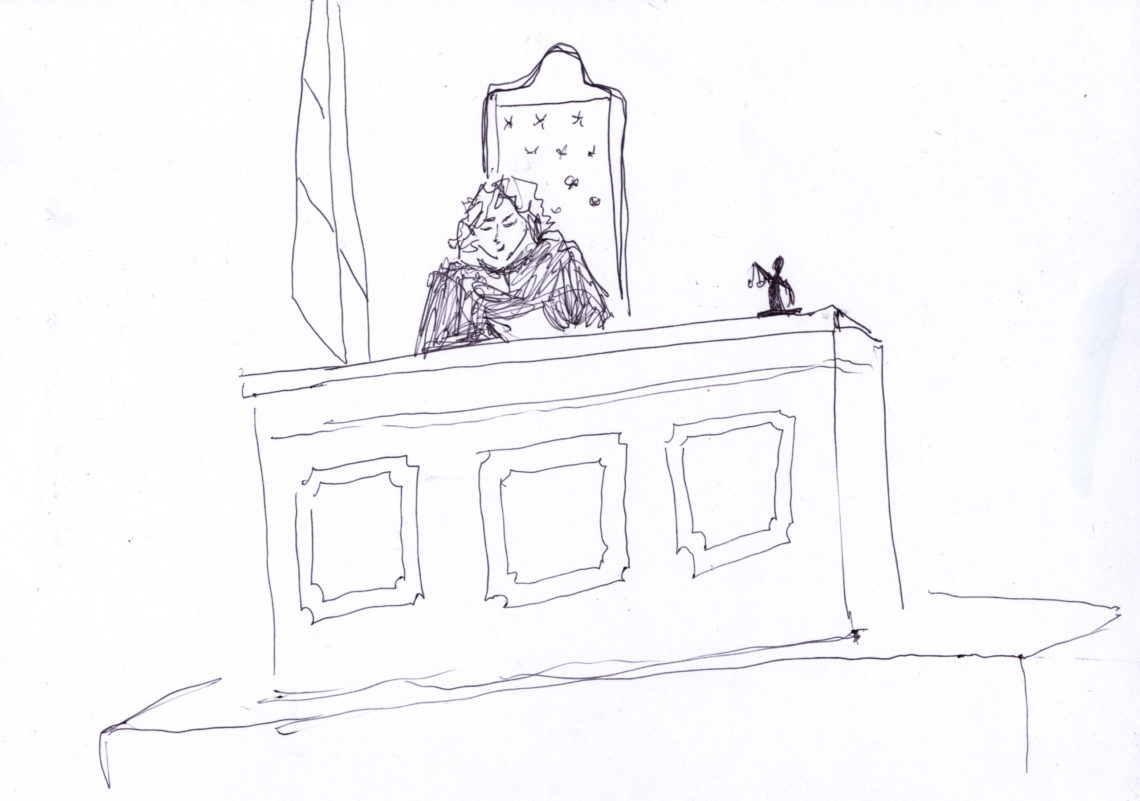


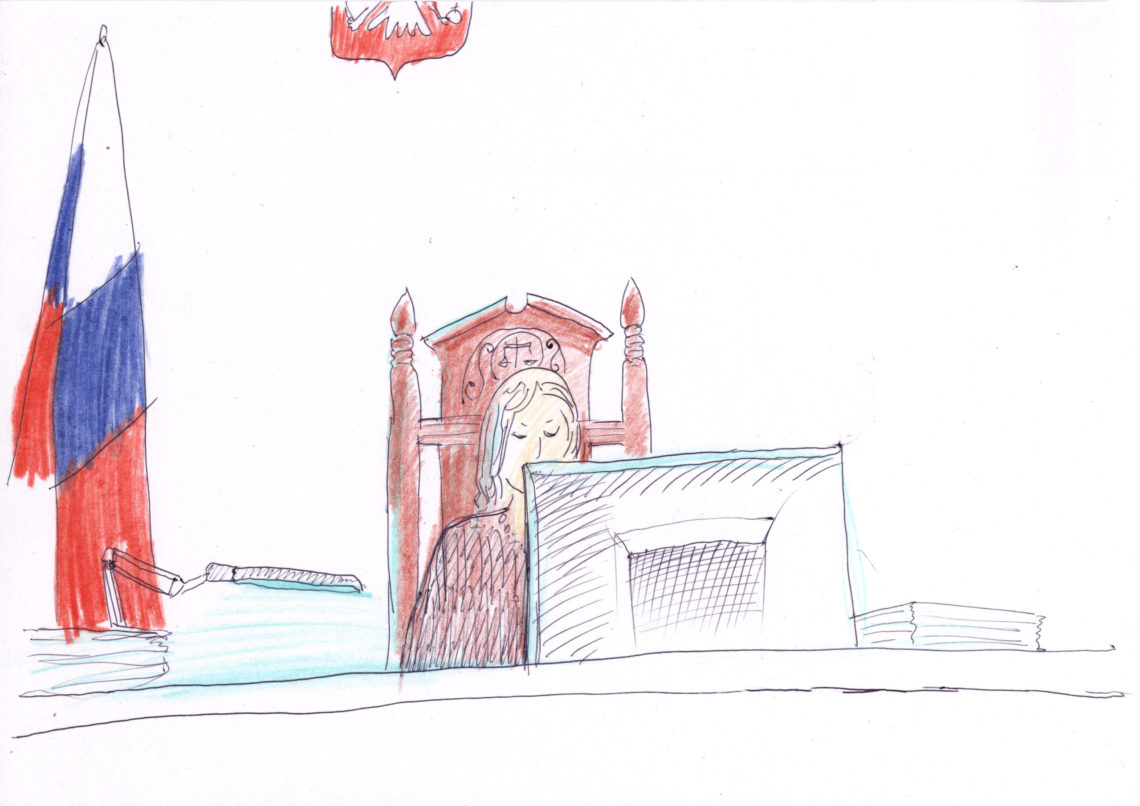

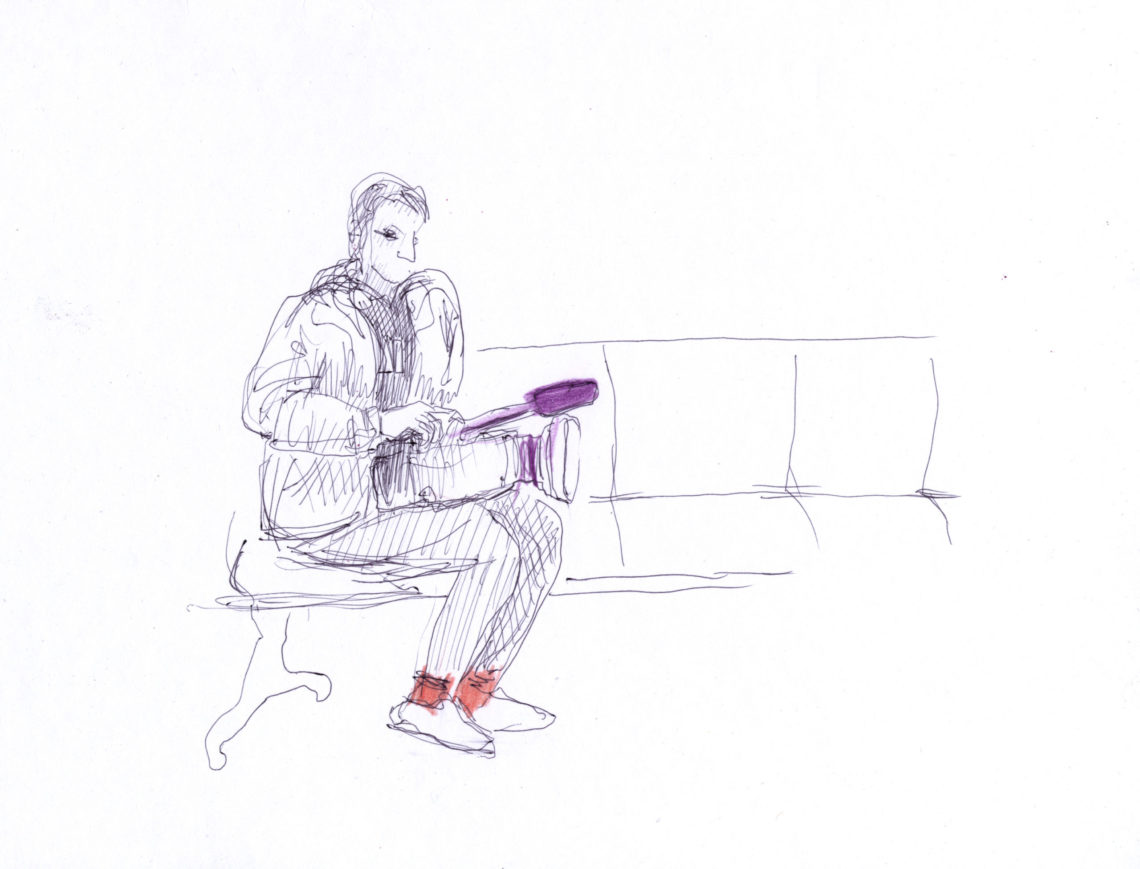
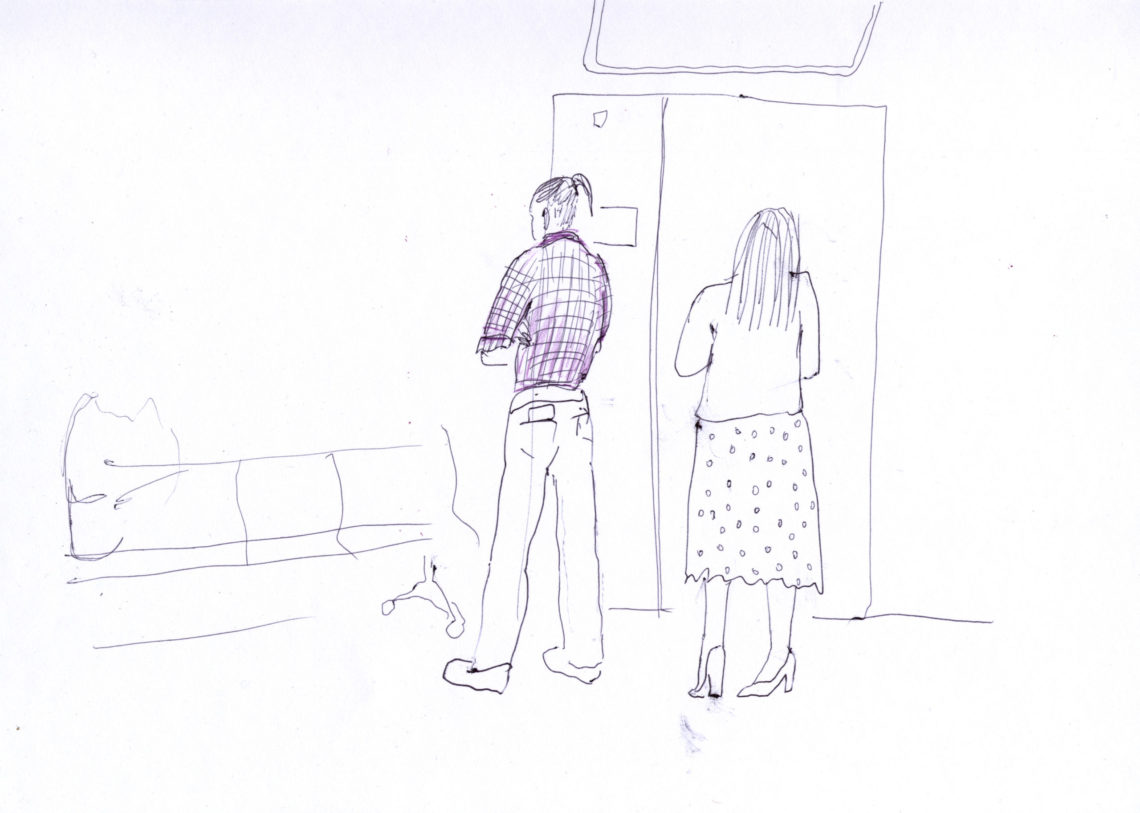
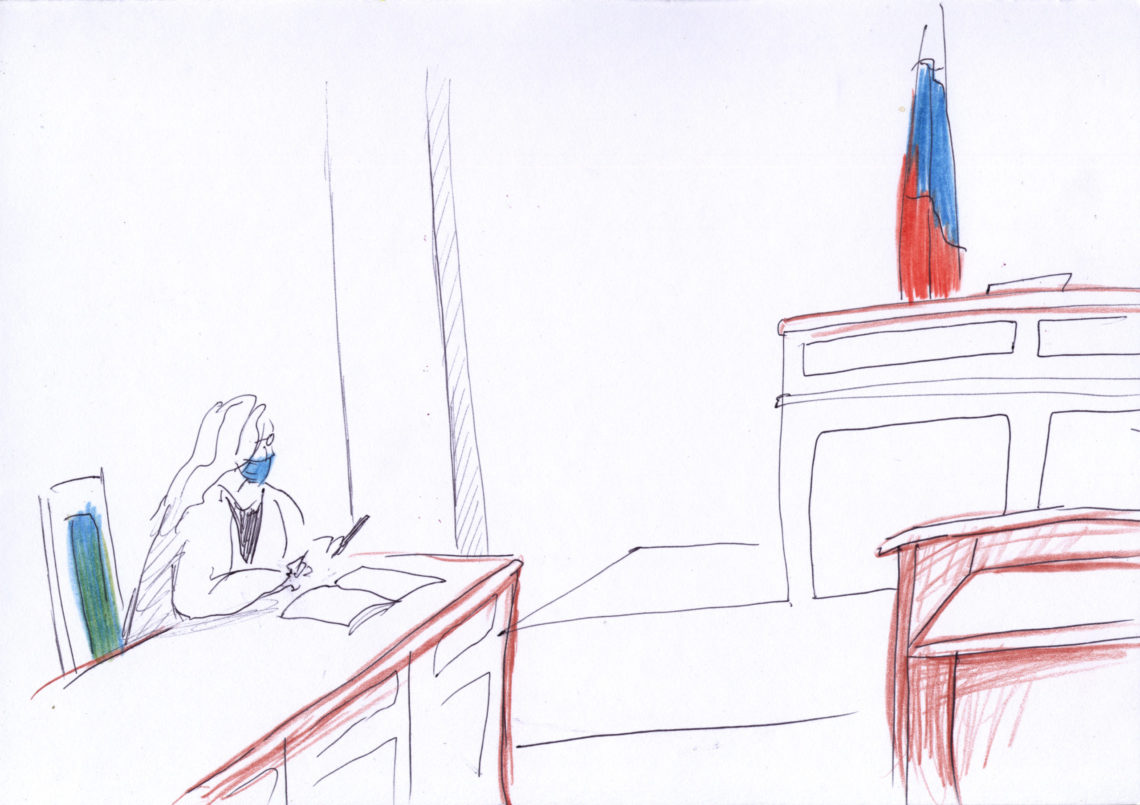
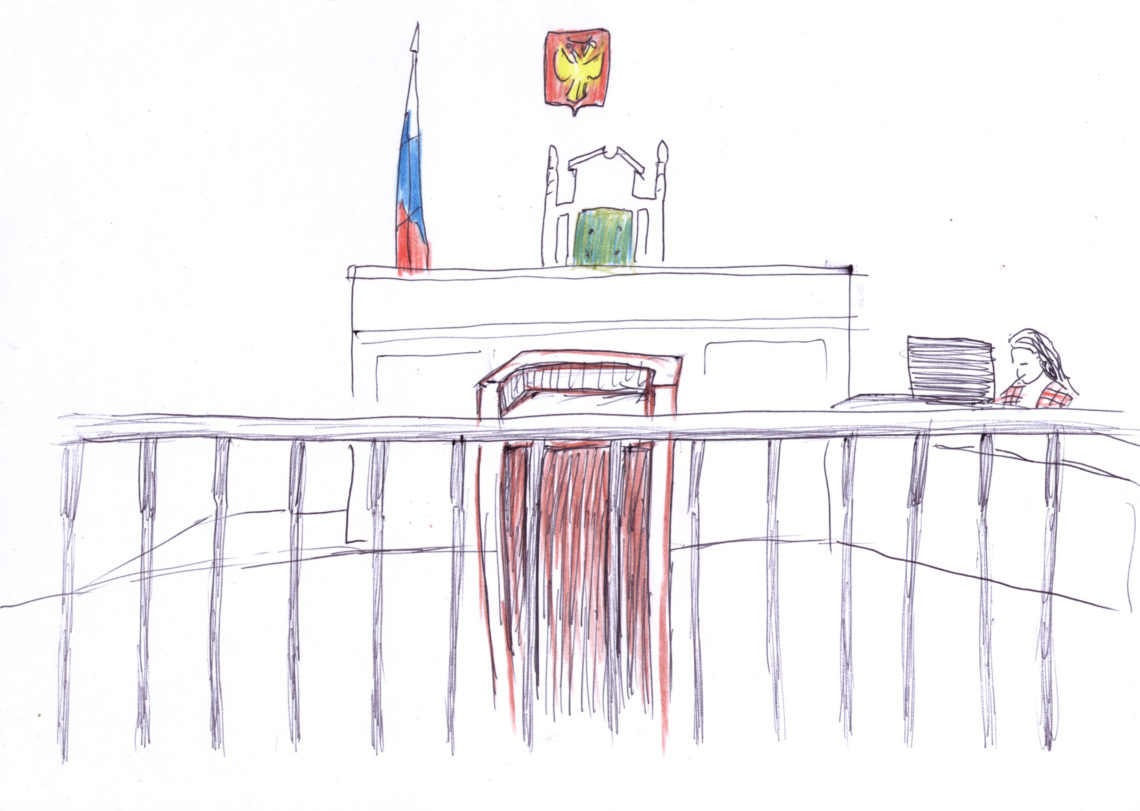
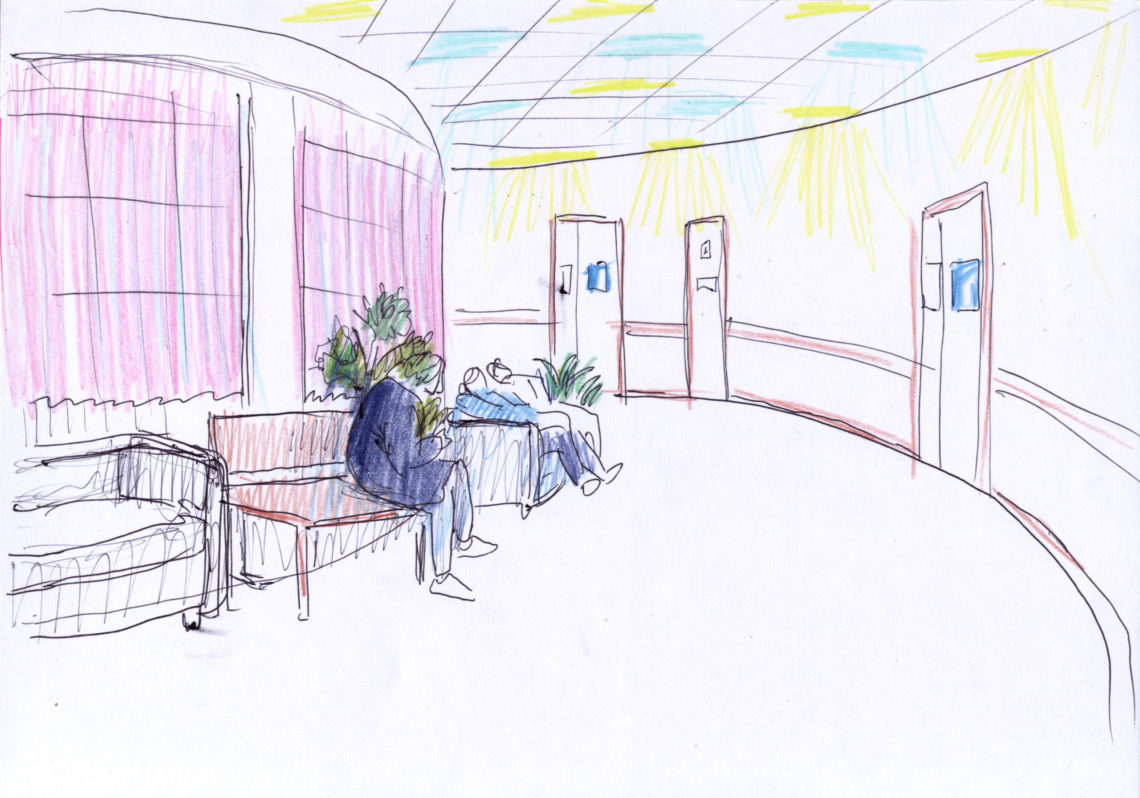
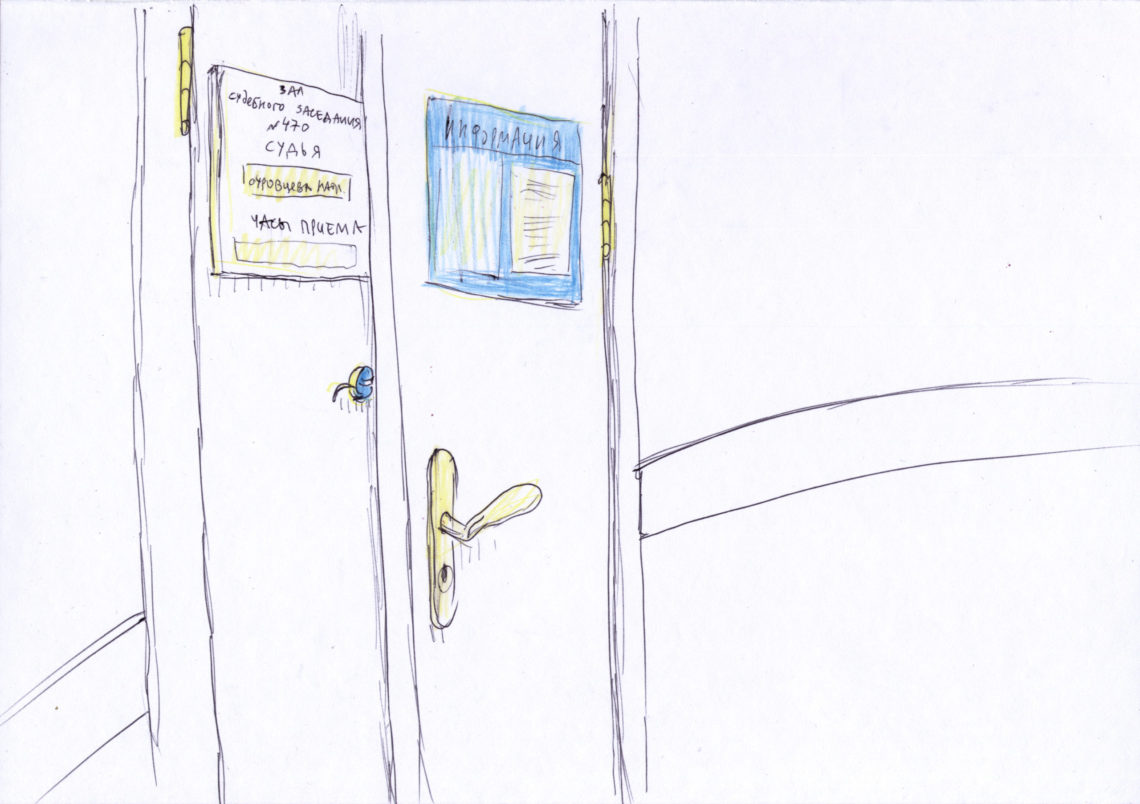
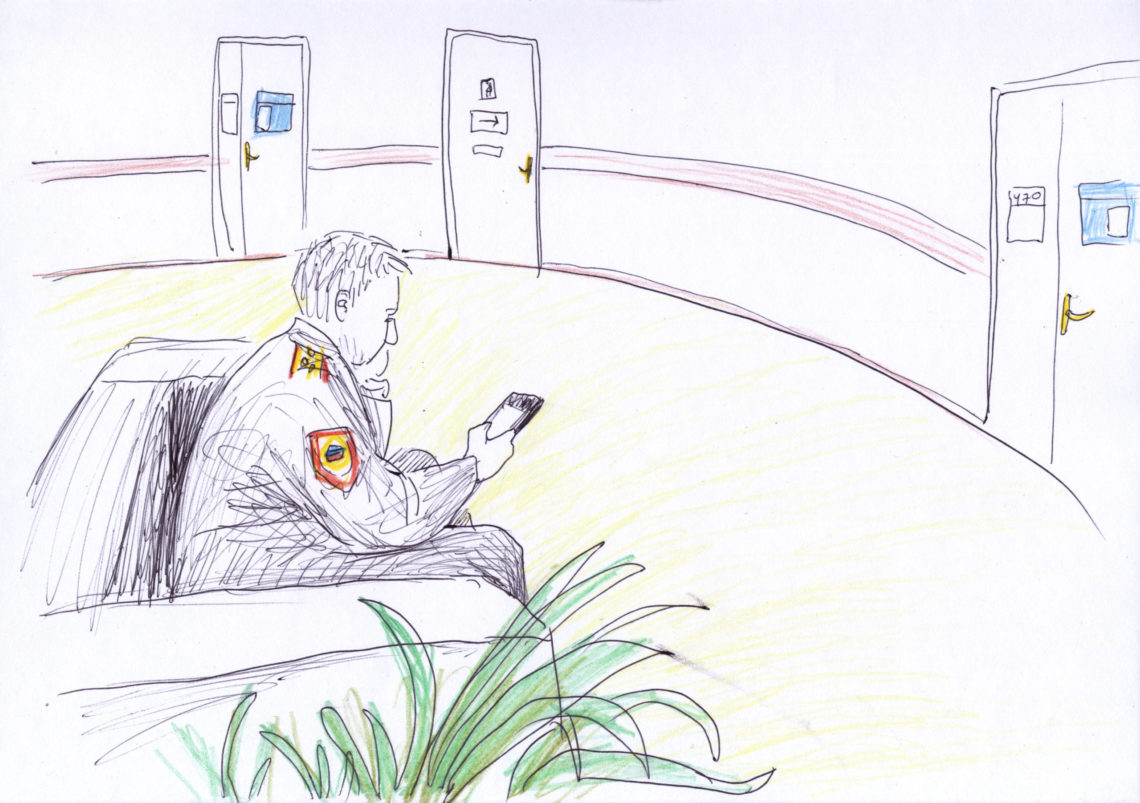
Those who have been to courts know that long waiting is not a rarity. Three times already our artists were unable to spectate trials, and created these paintings in anticipation.
Make sure to follow us, and we will show you more artists’ impressions of judicial proceedings.
© 2019-2025 Independent public portal on impartial trial monitoring
